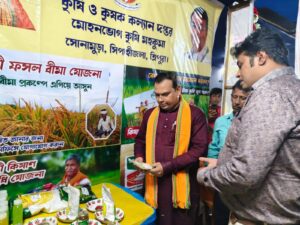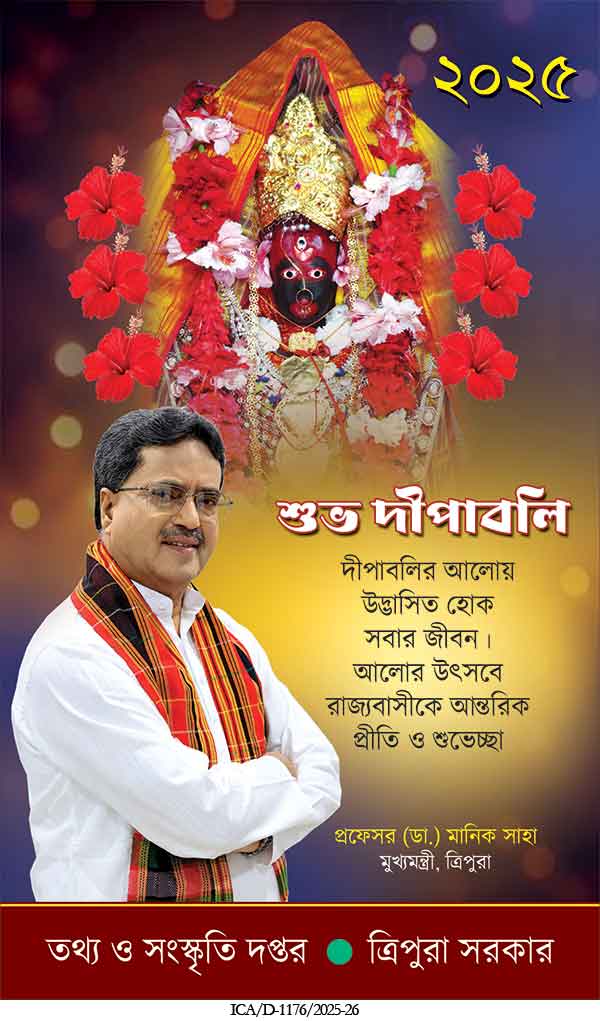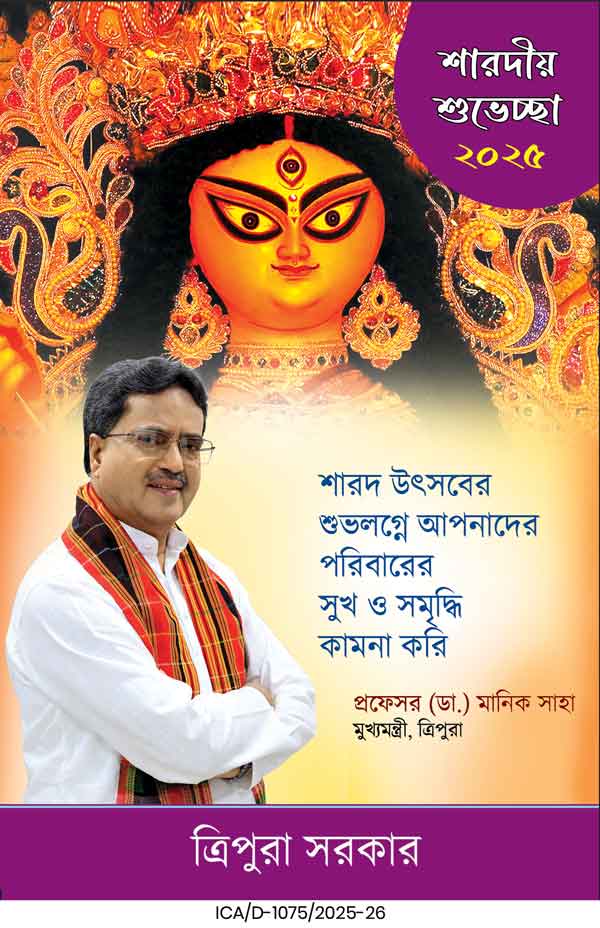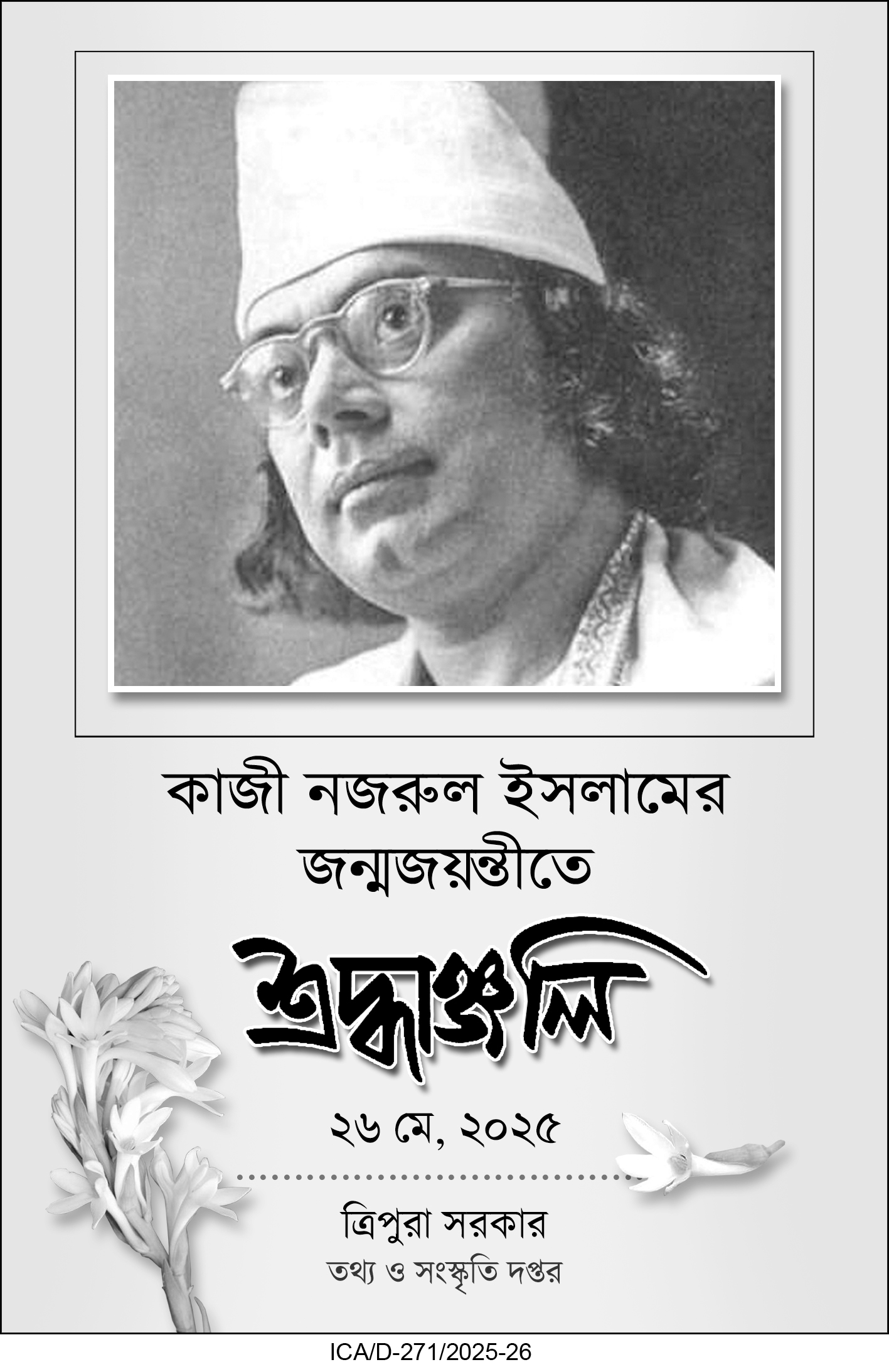The two-day Neermahal Water Festival in Tripura, inaugurated by Minister Kishor Barman, celebrates cultural heritage, boat races, and folk performances. The festival blends tradition with economic growth, highlighting Neermahal’s royal legacy and the government’s developmental achievements.
The much-anticipated Neermahal Water Festival commenced on Friday with vibrant cultural performances and community participation, celebrating Tripura’s rich heritage and socio-economic aspirations. The two-day event was officially inaugurated by Higher Education and Panchayat Department Minister Kishor Barman at the historic Neermahal Palace, located on the picturesque Rudrasagar Lake.
Organized by the Information and Cultural Affairs Department of Tripura, the festival not only highlights the grandeur of Neermahal—an architectural gem from the royal era—but also promotes cultural unity and economic development. The event has drawn local residents, tourists, artists, and cultural enthusiasts, turning the serene palace into a hub of festivities.
A Blend of Heritage and Progress
Speaking at the inaugural ceremony, Minister Kishor Barman underscored the festival’s multifaceted importance. He noted that while the Water Festival is a celebration of tradition, it also plays a pivotal role in providing livelihood opportunities, boosting local tourism, and supporting the state’s economy.

“This festival is not only a cultural celebration but also a source of income, providing livelihood opportunities for the people. It also plays a crucial role in social upliftment. It also gives the government an opportunity to highlight its achievements in sectors like education, health, and drinking water,” Barman remarked.
Barman emphasized that Neermahal is more than just a royal palace; it is a symbol of Tripura’s cultural pride. Hosting the festival against such a historic backdrop underscores how the state is blending old-world charm with modern-day progress.
Neermahal: A Jewel of Tripura
Constructed in the early 20th century, Neermahal, often referred to as the “Lake Palace of Tripura,” is a unique example of Indo-Islamic and Rajput architectural styles. Its strategic placement in the middle of Rudrasagar Lake makes it a rare spectacle, symbolizing both artistic excellence and harmony with nature.
For decades, Neermahal has served as a focal point for cultural events, community gatherings, and tourist attractions. The Water Festival, hosted annually, has now become one of the most celebrated occasions in the state, drawing attention from across India and beyond.
Linking Local Traditions to Global Recognition
During his address, Barman also referenced the recent G20 conference held in Agartala, which brought international attention to Tripura. Delegates from various countries visited Neermahal and other heritage sites, helping spotlight the region’s untapped potential in culture, tourism, and economic development.
“The exposure we received during the G20 conference has put Tripura on the global map. The Neermahal Water Festival now provides an opportunity to sustain this attention and show how our culture and heritage can coexist with the government’s developmental agenda,” Barman said.
Celebrations and Highlights of the Festival
The festival program includes a wide range of cultural and recreational activities. Traditional folk performances, boat races, and cultural exhibitions form the centerpiece of the celebration, showcasing Tripura’s diversity and creative talent. The boat races, in particular, symbolize the community’s bond with Rudrasagar Lake and attract large crowds every year.
Cultural exhibitions allow local artisans and performers to display their work, providing both recognition and income opportunities. The event also serves as a platform for youth and students to engage in cultural exchanges, building awareness about Tripura’s history and traditions.
Social and Economic Impact
Beyond entertainment, the Neermahal Water Festival has a tangible impact on local communities. The influx of tourists during the two days provides a boost to local businesses, including food vendors, artisans, boat operators, and hospitality providers.
By combining cultural celebrations with livelihood opportunities, the event directly contributes to the social upliftment of the region. According to Barman, this dual purpose reflects the government’s larger vision of inclusive growth, where culture, heritage, and development complement one another.
Preserving Heritage for the Future
The Neermahal Water Festival not only revives traditions but also instills pride in younger generations about their cultural identity. Barman concluded his address by stressing that cultural heritage is not just about preserving monuments but about ensuring they continue to inspire and benefit people in the present day.
| Also Read: Potato Revolution: Tripura ties up with International Potato Centre |
“Neermahal is not just an architectural structure, but a beacon of our cultural heritage. It reflects our past while guiding us into the future,” he said.
As the festival continues over the weekend, visitors are expected to enjoy the combination of cultural performances, traditional sports, and the enchanting ambiance of Neermahal by nightfall—when the palace, illuminated over the lake, becomes a breathtaking spectacle.





